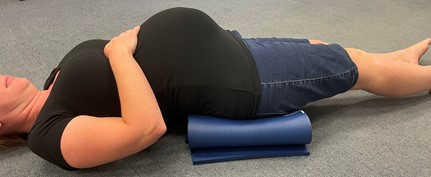404
Sorry, page not found!
Sorry, page not found!
Cardiopulmonary resuscitation (CPR) is the technique of chest compressions combined with rescue breathing. The purpose of CPR is to temporarily maintain a circulation sufficient to preserve brain function until specialised treatment is available. Rescuers must start CPR if the person is unresponsive and not breathing normally.
Even if the person takes occasional gasps, rescuers should start CPR.
CPR should commence with chest compressions.
Early high-quality CPR saves lives. It is recommended that CPR is started for presumed cardiac arrest without concerns of harm to persons not in cardiac arrest.
Duration of CPR
The rescuer should continue cardiopulmonary resuscitation until any of the following conditions have been met:
It is better to do the best that you can, than do nothing at all

In noticeably pregnant women, standard CPR should be commenced immediately.
Once CPR is in progress, if there are sufficient resources available, rescuers should place padding such as a towel, cushion, or similar object under the right hip to tilt the woman’s hips (approximately 15-30 degrees) to the left but leave her shoulders flat to enable good quality chest compressions.
The reason for this position in pregnant women is to move the weight of the pregnant uterus off the major blood vessels in the abdomen. If a tilted position is not possible or tilting the hips compromises the quality of chest compressions, then chest compressions should be performed as described as above with the woman on her back.
CPR should not be interrupted to check for response or breathing. Evidence has demonstrated that interruption of chest compressions is associated with lower survival rates and poorer return of spontaneous circulation.
You should stop to re-check the casualty only if breathing returns, i.e., casualty is fighting against your ventilations.
When 2 or more first aiders are present, ensure that 1 of these people:
With 2 first aiders, CPR can be carried out more efficiently.
First aiders should kneel on opposite sides of the casualty. If using a pocket mask, one first aider would be kneeling above the head of the casualty, while the other first aider would be kneeling beside the casualty’s chest.
If the casualty’s signs of life return, place them in the recovery position and monitor the casualty’s signs of life closely.
Once D.R.S.A.B.C.D. has been completed and all other life-threatening situations have been treated, then a secondary survey of the casualty is required. Look for any other bleeding and/or injuries. Start at the head, working your way down the casualty’s body. If any further bleeding and/or injuries are found, they should be treated.